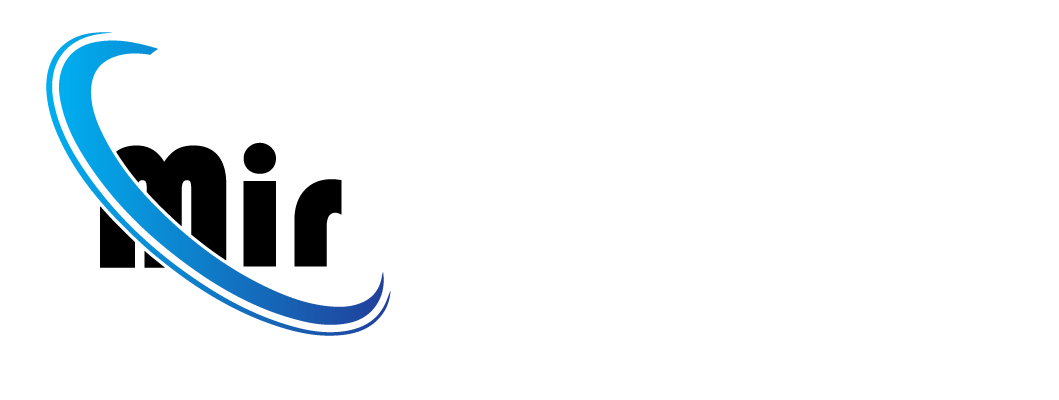Stagflation concerns rise as recent economic data shows both higher inflation and an uptick in jobless claims. Economists warn that the combination of rising prices and slowing employment growth could create a challenging environment for households, businesses, and policymakers.
Inflation has been steadily increasing across multiple sectors, including food, energy, and housing. Rising prices are eroding consumer purchasing power, forcing households to cut discretionary spending and prioritize essentials. Analysts caution that sustained inflation could dampen overall economic growth and reduce consumer confidence.
At the same time, jobless claims have been climbing, signaling slowing labor market momentum. While unemployment rates remain historically low, the increase in claims indicates that certain industries are beginning to face cost pressures and hiring slowdowns. Economists note that weaker employment growth can compound the economic effects of rising inflation, fueling stagflation concerns.
The combination of high inflation and slowing job growth is particularly worrisome because it limits the effectiveness of traditional monetary policy. Raising interest rates can help control inflation but may further slow hiring and investment, while keeping rates low could allow inflation to continue unchecked. Policymakers face a delicate balancing act to stabilize the economy without triggering a downturn.
Consumer spending, which has historically driven U.S. economic growth, is showing signs of strain. Many households are reducing non-essential purchases, delaying major investments, and seeking cheaper alternatives for everyday goods. Retailers report slowing sales in discretionary categories, while demand for essential items remains strong but subject to price pressures.
Industries such as hospitality, travel, and manufacturing are feeling the dual impact of rising costs and cautious consumer behavior. Companies are facing higher input prices while managing labor costs, which can result in slower hiring, reduced production, or price adjustments for goods and services. These trends reinforce concerns that stagflation may be emerging.
The financial markets are also reacting. Investors are monitoring inflation indicators, labor market reports, and central bank signals closely. Volatility in stock and bond markets reflects uncertainty about the pace of growth, the trajectory of inflation, and the potential policy responses required to address these dual pressures.
Economists emphasize that stagflation concerns rise not only due to domestic factors but also because of global influences. Supply chain disruptions, geopolitical tensions, and energy price fluctuations are contributing to higher costs and creating uncertainty in markets worldwide. These external pressures can exacerbate domestic inflation and employment challenges.
Some analysts point out that proactive measures could help mitigate risks. Targeted fiscal stimulus, strategic interest rate adjustments, and policies that support workforce development may help balance inflation control with employment growth. Businesses are also encouraged to adopt efficiency measures, manage costs carefully, and explore innovation to navigate rising expenses.
For households, managing finances during this period requires careful budgeting and prioritization. Consumers are advised to monitor price trends, seek value options, and make informed decisions on spending and savings. Financial planners highlight the importance of contingency planning, particularly in sectors most affected by inflationary pressures.
The Federal Reserve and other policymakers face a critical task. Decisions on interest rates, lending conditions, and economic support measures must consider both inflation containment and labor market resilience. Missteps could exacerbate the economic pressures that are driving stagflation concerns.
Stagflation concerns rise as the economy faces the unusual challenge of simultaneous high inflation and slowing job growth. The coming months will be crucial in determining whether these trends stabilize or intensify, shaping the outlook for households, businesses, and overall economic stability.
Experts agree that careful monitoring, coordinated policy responses, and adaptive strategies from both the public and private sectors are essential to navigating this period of uncertainty. How policymakers respond could determine whether the economy avoids a prolonged period of stagnation combined with high inflation.


